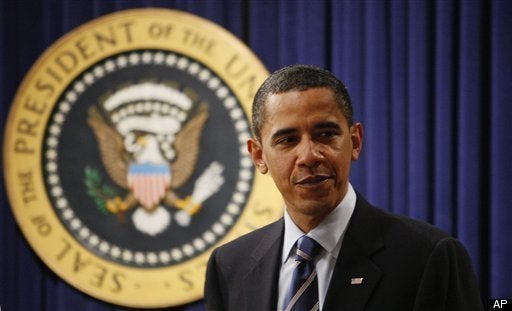
Last summer, I was interviewed by the CTO of Washington, DC, (yes, that CTO) for a position in his office. The city was planning a major overhaul of their entire Web property and they were looking for someone who would work solely on planning and strategy. I joined DC's OCTO in October 2008, and since then, I've devoted most of my time to thinking and writing about the current and future state of what is commonly called "Gov2.0" and how to apply it as we ready our new site.
I have many peers in the field. One of them, Dr. Mark Drapeau, writes the blog Cheeky Fresh and is the prolific twitterer cheeky_geeky. He wrote a post last December on Mashable asking others to help come up with an alternative way of talking about Gov2.0. He asked:
Why might Government 2.0 need to be rebranded? The main reason, particularly with the election of Barack Obama, is that gradually the public will have a wider appreciation for, and adopt greater use of, social technologies. Inasmuch as that pertains to government and the public sector, it would be useful to have a simple brand that encompasses the ideal of making government work better through use of social technologies.
Like Mark, I'd like to hit the reset button on the term "Gov2.0." It's used as a shorthand by federal, state, and local governments who are adopting new approaches, hiring a new generation of government workers and leaders, and using new technologies and methods to serve and engage their constituents. But it's tied too closely to Web 2.0, so it makes all our advances sound like nothing more than a new skin for an old site. And nothing could be further from the truth.
When I talk to others who work at the intersection of government and the Web, everyone uses the term "Gov 2.0," with some degree of fudging. Does it mean having a blog? Being on Facebook? Or just publishing your office's phone number on a Web site? That's why I've started using the term "G21," which better defines -- and thus helps us accomplish -- our mission. And it's exactly as many syllables as "Gov 2.0"
- The technological changes that have altered every facet of society--social, economic, educational, etc;
- The polity's new demands on governments that those technologies enable; and
- How governments can fulfill citizens' needs by using those technologies.
In upcoming posts, I'll explore each of these issues. I'd also like to respond to reader's impressions about what Gov2.0 (excuse me, G21) is or answer any questions left in the comments.